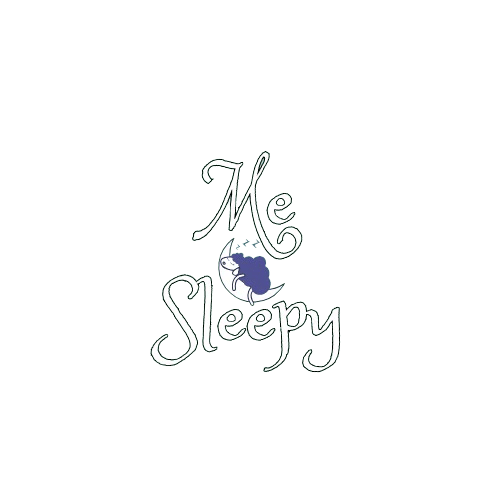Introduction to the Study on Light Activity Before Bed and Its Effects on Insomnia
In a groundbreaking study conducted by researchers at the University of Otago, the effects of light activity before bedtime on sleep quality and insomnia were examined. This research, published in the prestigious journal *BMJ Open Sport & Exercise Medicine* and funded by the Health Research Council, aimed to explore whether short bursts of light exercise could improve sleep duration and quality. The study’s design involved evening sessions where participants alternated between prolonged sitting and sitting interrupted by brief activity breaks.
Overview of the University of Otago Research on Light Activity Before Bedtime
The University of Otago’s research focused on understanding how light physical activity before bed could influence sleep patterns. The study was unique in its approach, as it specifically targeted the evening hours, a period often characterized by prolonged sitting, especially in front of screens. The researchers hypothesized that incorporating short, light-intensity exercises could counteract the negative effects of prolonged sitting and potentially improve sleep quality.
Explanation of the Study’s Design Involving Evening Sessions of Sitting and Activity Breaks
The study’s design was meticulously crafted to compare the effects of prolonged sitting with those of sitting interrupted by activity breaks. Participants were subjected to two distinct four-hour evening intervention sessions. In one session, they engaged in prolonged sitting without any interruptions. In the other session, their sitting was interrupted every 30 minutes by three-minute bouts of light physical activity, such as walking or gentle stretching. This design allowed researchers to directly observe the impact of these activity breaks on various health markers, such as blood sugar and fat levels.

Key Findings: Improved Sleep Duration
One of the standout results from the University of Otago study is that participants who engaged in light activity breaks during the evening slept an average of 30 minutes longer than those who remained seated. This finding is significant because it suggests that even minimal physical activity can have a noticeable impact on sleep duration. The activities used in the study, such as chair squats, calf raises, and standing knee raises with straight leg hip extensions, are simple yet effective. These exercises are easy to incorporate into an evening routine without requiring special equipment or a lot of space.
The study highlights that light intensity activity can positively affect sleep quality. Unlike high-intensity workouts, which can elevate heart rate and body temperature, light exercises seem to promote relaxation and better sleep. This is a game-changer for people who struggle with insomnia or poor sleep quality, as it offers a practical and accessible solution.
Health Implications of Prolonged Sitting
Jennifer Gale, a PhD candidate in the Department of Human Nutrition, sheds light on the health risks associated with prolonged sitting. Extended periods of inactivity are linked to an increased risk of diabetes, cardiovascular disease, and even premature death. Gale points out that many people spend their longest periods of uninterrupted sitting at home in the evening, often while watching TV or using electronic devices.
The study’s findings suggest that incorporating intermittent light exercises can mitigate some of these health risks. Short bursts of activity, such as the exercises used in the study, can help reduce blood sugar and fat levels after a meal. This is particularly important for individuals at risk of metabolic diseases. By breaking up long periods of sitting with light activity, people can improve their overall health and reduce the risk of developing these serious conditions.
Potential Changes to Current Sleep Guidelines
For years, sleep guidelines have advised against engaging in high-intensity exercise before bedtime, mainly due to concerns that it could elevate body temperature and heart rate, thereby disrupting sleep quality. However, the findings from the University of Otago study suggest that it might be time to revisit these recommendations. The study demonstrated that light exercises, such as chair squats, calf raises, and standing knee raises with straight leg hip extensions, can actually promote better sleep without negatively impacting sleep quality.
The current guidelines may need to be updated to reflect that not all evening exercises are detrimental to sleep. Light-intensity activities, performed intermittently, appear to have a positive effect on sleep duration and quality. This revelation could be particularly beneficial for individuals who struggle with insomnia or other sleep disorders. By incorporating short bursts of light activity into their evening routines, they might find it easier to fall asleep and enjoy longer, more restful sleep.
Broader Implications and Recommendations for Insomnia Sufferers
For those grappling with insomnia, the study’s findings offer a glimmer of hope. Incorporating light exercises into your evening routine could be a simple yet effective strategy to improve sleep duration and quality. The beauty of these exercises lies in their simplicity and accessibility. You don’t need any special equipment or a gym membership; you can perform these activities right in your living room.
Consider adding chair squats, calf raises, and standing knee raises with straight leg hip extensions to your nightly routine. These exercises are easy to do and won’t disrupt your evening activities, like watching TV or reading a book. If these specific exercises don’t appeal to you, don’t worry. The key takeaway is to move your body regularly throughout the evening to enhance sleep quality.
Source: https://www.sciencedaily.com/releases/2024/07/240716202259.htm


